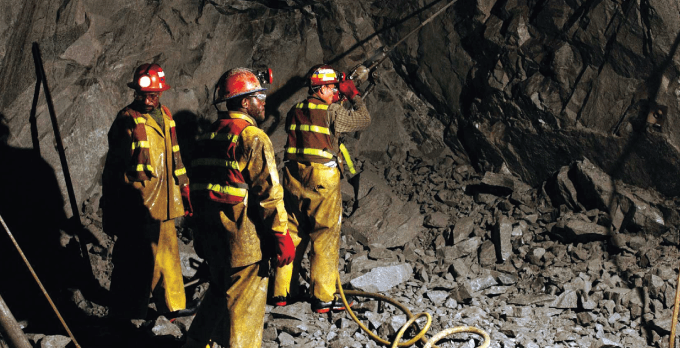

Safety Awareness Training for workers for the emerging workforce is the best strategy to close the knowledge gap in mining.
Mining has always been an industry that carries a high amount of risk. Due to the nature and image of mining, incidents – when they occur – attract much publicity. Workers and companies alike are now more safety-conscious than they have ever been in the history of the industry, with safety standards continuously improving. However, even with the wealth of improvements, the industry is experiencing a growing knowledge gap.
Many veterans of the mining industry are entering into retirement, taking with them decades of training and knowledge. Statistics show that new workers who are taking their place are four times more likely to be injured on the job. This suggests that mining companies need to do more to ensure their emerging workforce receives the training and supervision they need.
Awareness Training for a Safer Workplace
New workers can contribute substantially to achieving goals of their company's safety and health programs, but only if they have the Safety Self-Awareness to do so. This requires an individualized training solution for each worker – trainers much understanding who they are, how they react, and what type of worker they are. This can be achieved through personality assessments.
With an understanding of who they are and how they react, safety trainers can begin developing personalized coaching solutions specifically designed for that worker. By understanding their personality, trainers can predict the type of incident that worker could potentially trigger and take the steps to develop the worker to ensure it never happens.
Because the training strategy will be more personal, the worker will feel more invested in contributing the success of the organization's safety program. A more invested worker is less likely to turnover, allowing them to transfer their growing knowledge to the next batch of new workers as they evolve into veteran employees.
Trainers should also emphasize the need for new workers to communicate any questions or concerns they have about their training or about workplace hazards. This allows the new worker to help the trainer build a more comprehensive training program that accommodates all the unique health and safety concerns of each individual employee.
Mining is changing. Mines are reaching staggering depths, new technologies are introduced yearly, and workforce demographics are changing. No longer can safety programs consist of generalized, one-size-fits-all training. With personalized training solutions focused on the individual level, the emerging workforce will be well equipped to succeed and be safe in a rapidly evolving industry.











